Picture this: you're eagerly waiting for Samsung's next Fan Edition phone, expecting the usual upgrades and improvements. Then boom—reliable leaks suggest the Galaxy S25 FE might pack the exact same chip as its predecessor. Sound familiar? Here's the thing: this isn't your typical smartphone evolution story.
The latest intel from Android Authority reveals that Samsung's internal code references both the Galaxy S24 FE (R12) and the upcoming S25 FE (R13) with the same S5e9945 processor—that's the part number for Samsung's Exynos 2400e chip. Meanwhile, data shows the Galaxy S24 FE launched in October 2024 with this very same processor, making this potential reuse particularly eyebrow-raising.
What you need to know:
- Samsung might reuse the Exynos 2400e chip from the S24 FE
- This breaks from typical FE upgrade patterns seen since 2020
- The move could widen the performance gap with flagship S25 models
- Despite the chip recycling, other upgrades are still expected
When "fan edition" doesn't mean what fans expect
Let's break it down: Samsung's Fan Edition phones have traditionally offered flagship-level performance at a lower price point. The Galaxy S23 FE used both Snapdragon 8 Gen 1 and Exynos 2200 chips depending on the market, while its predecessor came with Snapdragon 888 and Exynos 2100 variants. The pattern was clear—newer silicon, better performance.
But Samsung released the Galaxy S24 FE in October 2024 with the Exynos 2400e, and now multiple sources suggest the S25 FE will stick with this same chip. That's unprecedented in the FE lineup's four-generation history. Only the Galaxy S22 went without an FE version, making this potential stagnation even more notable.
The performance implications are substantial. While the Exynos 2400 scored 1648252 in AnTuTu 10, the Galaxy S25 series packs the much more powerful Snapdragon 8 Elite, which delivers 3070269 in the same benchmark. That near-doubling of performance represents the kind of gap that translates into noticeable differences in gaming frame rates, AI processing speed, and camera computational photography—areas where FE phones historically stayed competitive with their flagship siblings.
The Galaxy S24 FE's success story at $200 less than the flagship proved Samsung's value-positioning strategy works, but applying the same chip recycling approach while flagship performance leaps ahead presents a fundamentally different challenge for market positioning.
What Samsung might be thinking (and why it could work)
Here's where things get interesting: Samsung's foundry struggles might actually justify this seemingly backward move. Samsung's 3nm foundry process faces yield issues with rates reportedly below 20%, while TSMC dominates with over 50% market share in advanced nodes. These manufacturing constraints force Samsung to maximize return on existing silicon investments—making the Exynos 2400e reuse less about cutting corners and more about strategic resource allocation.
The broader hardware improvements tell a different story about Samsung's evolving strategy. The Galaxy S25 FE is expected to feature the same 45W charging and 4,900mAh battery as the S25 Plus—meaningful upgrades that suggest Samsung is shifting value propositions from raw performance benchmarks to practical daily-use benefits like all-day battery life and faster charging speeds.
The Exynos 2400e isn't exactly chopped liver, either. Early performance benchmarks place this chip between the Snapdragon 8 Gen 2 and 8 Gen 3, with Geekbench 6 scores around 2000 points single-core and 6500 multi-core. That's still plenty powerful for most users, especially when wrapped in a phone that could cost significantly less than the flagship models while delivering improvements in areas that matter for everyday experience.
The bigger picture: foundry wars and market reality
Samsung's chip recycling strategy reflects broader semiconductor economics. The global foundry industry revenue grew 17% YoY in 2025 to exceed $165 billion, with advanced 3nm and 5/4nm nodes proving pivotal in driving growth. Within this market reality, Samsung's rumored Exynos 2500 becomes a strategic asset—too valuable for mid-tier deployment when flagship dominance requires every advantage against competitors using TSMC's superior manufacturing processes.
The competitive landscape supports this calculated approach. MediaTek dominated the smartphone SoC market in Q3 2024 with a 35% share, while Qualcomm captured 25%. MediaTek's success proves that performance leadership isn't the only path to market dominance, especially when cost optimization enables features like improved battery life, faster charging, and competitive pricing that resonates with mainstream consumers.
Samsung's ambition to lead the foundry market by 2030 requires massive investment and strategic partnerships. Using proven chips in mid-tier devices frees up advanced silicon capacity for flagship development and next-generation process improvements—a resource allocation strategy that makes business sense even if it disappoints spec sheet enthusiasts.
What this means for your next phone decision
If you're eyeing the Galaxy S25 FE, this chip situation shouldn't automatically disqualify it from consideration. The Galaxy S25 FE is expected to feature a 6.7-inch display, 50MP main camera, and improved charging speeds—specs that matter more for daily use than benchmark bragging rights. Plus, you'll get seven years of software and security updates, meaning this phone could serve you well into the 2030s.
Here's where software optimization becomes crucial: this additional year of development means the same chip in the S25 FE could deliver smoother performance than the original S24 FE, particularly in areas like thermal management, battery efficiency, and AI processing optimization. Sometimes mature silicon runs better than bleeding-edge chips that haven't been fully optimized.
PRO TIP: If raw performance is your priority, wait for deals on the regular Galaxy S25 models. But if you want solid performance, great cameras, and Samsung's full software experience at a lower price, the S25 FE could still deliver excellent value.
Keep in mind that the Galaxy S25 FE is expected to launch around October, giving Samsung time to refine the final specs and pricing. The S24 FE's market success at $200 less than flagship pricing established a template, but the S25 FE faces a different challenge—maintaining compelling value perception when flagship performance gaps widen significantly and consumers become more benchmark-aware.
The chip recycling might seem disappointing on paper, but Samsung's betting that most users care more about the complete package than individual component upgrades. Given how well the S24 FE performed in the market despite not having the absolute latest silicon, they might just be right. Sometimes the best tech moves aren't about having cutting-edge everything—they're about delivering the right balance of features, performance, and price that actually serves real users in meaningful ways.




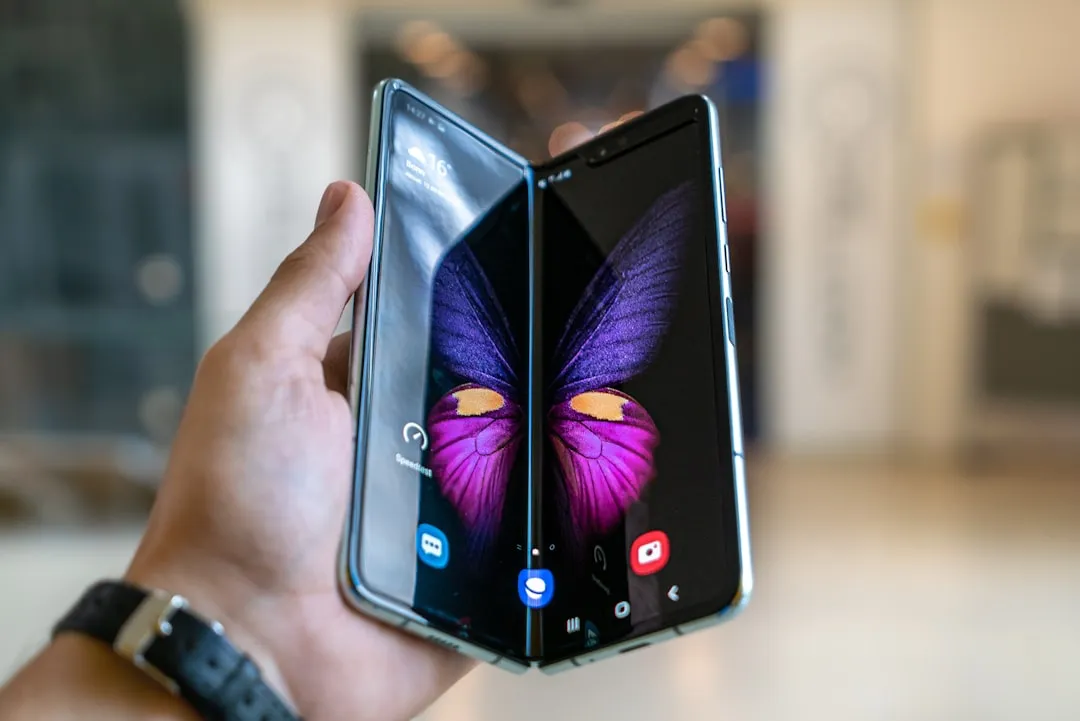

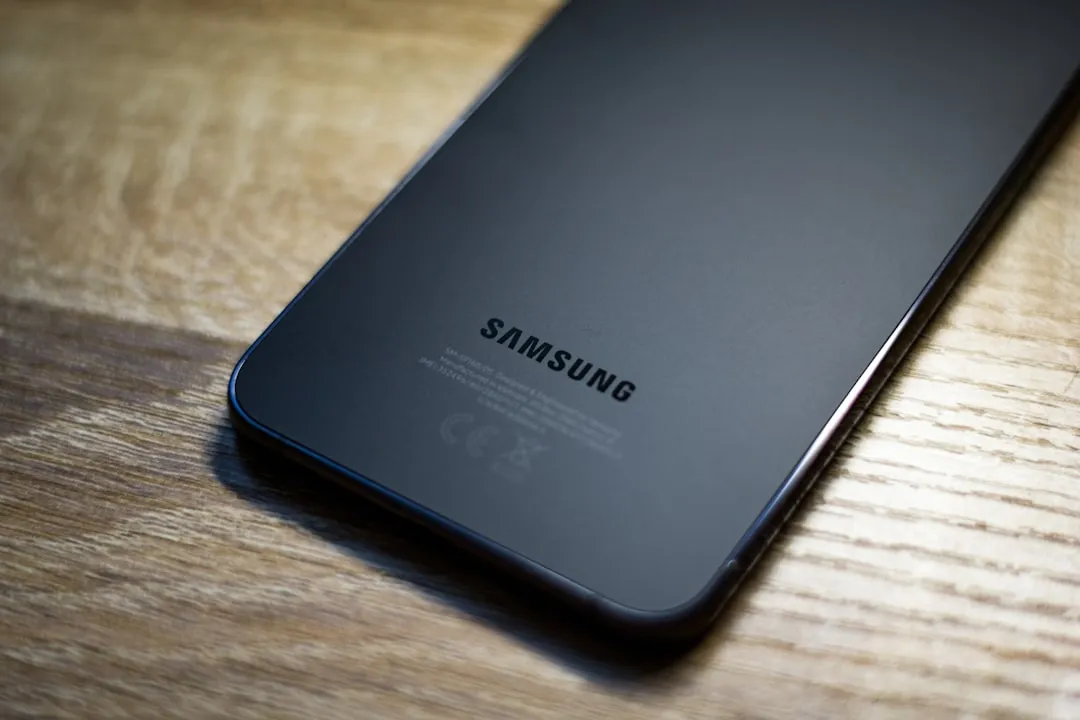

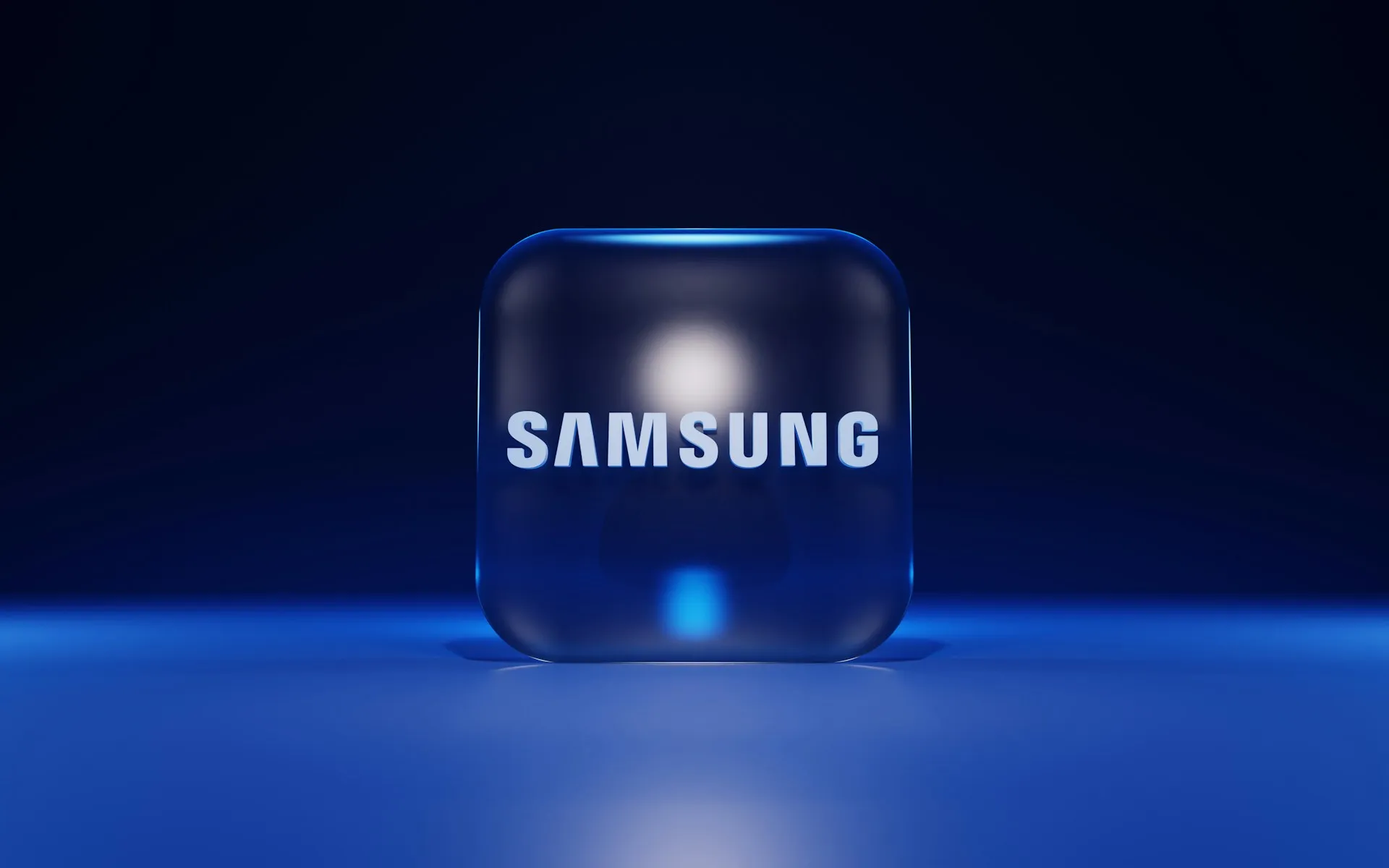


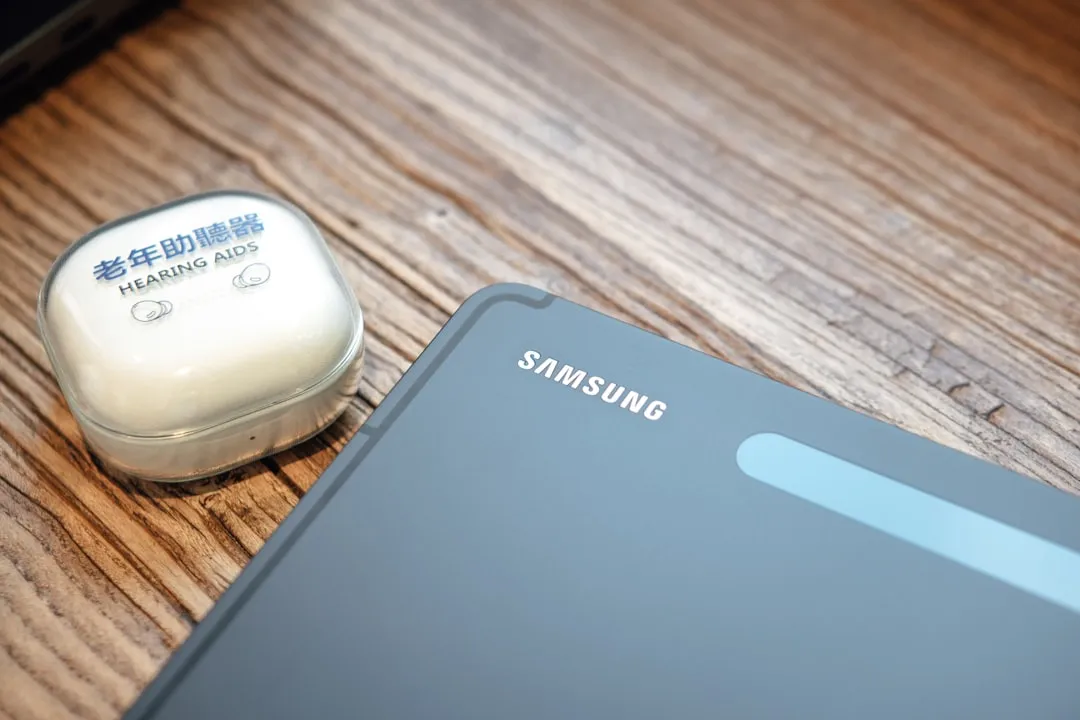
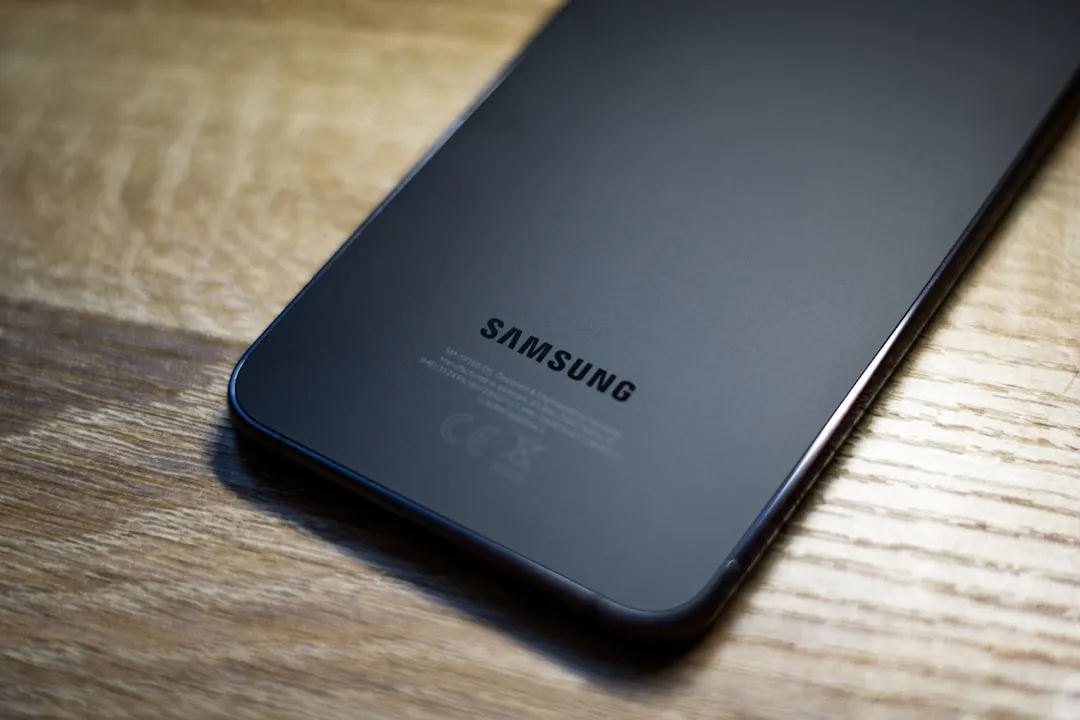



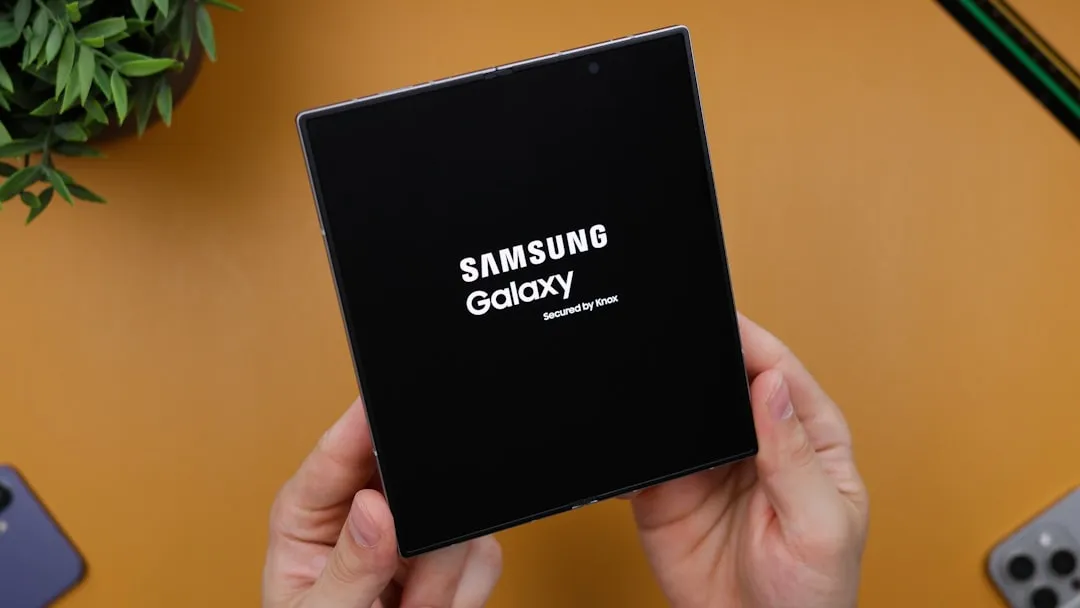

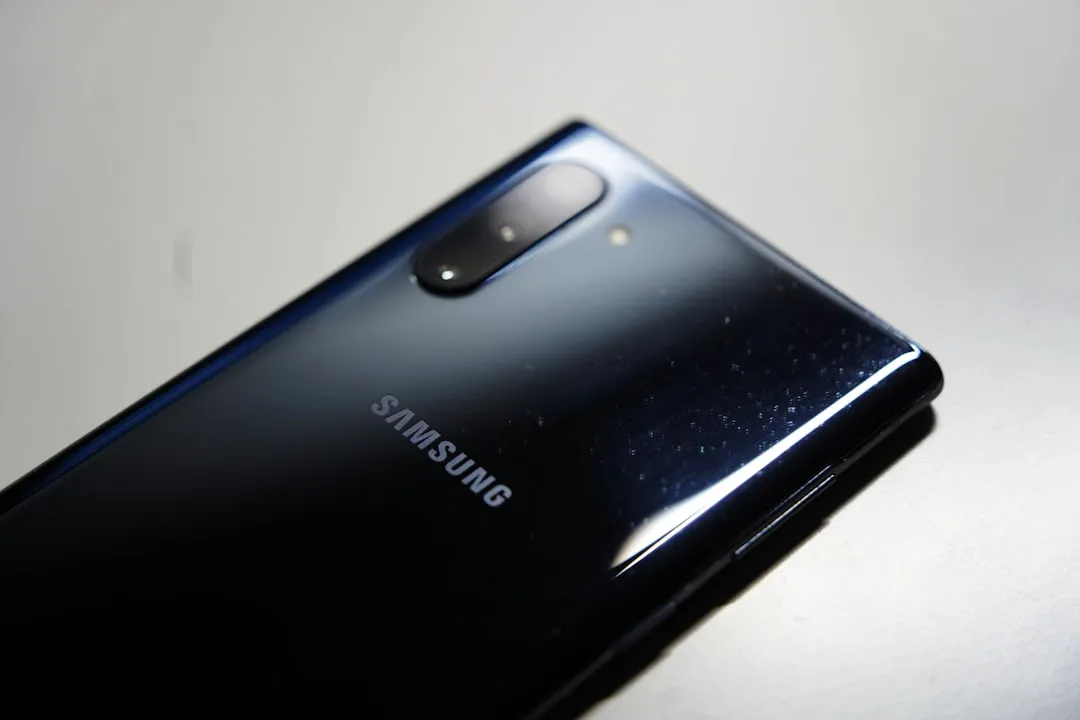
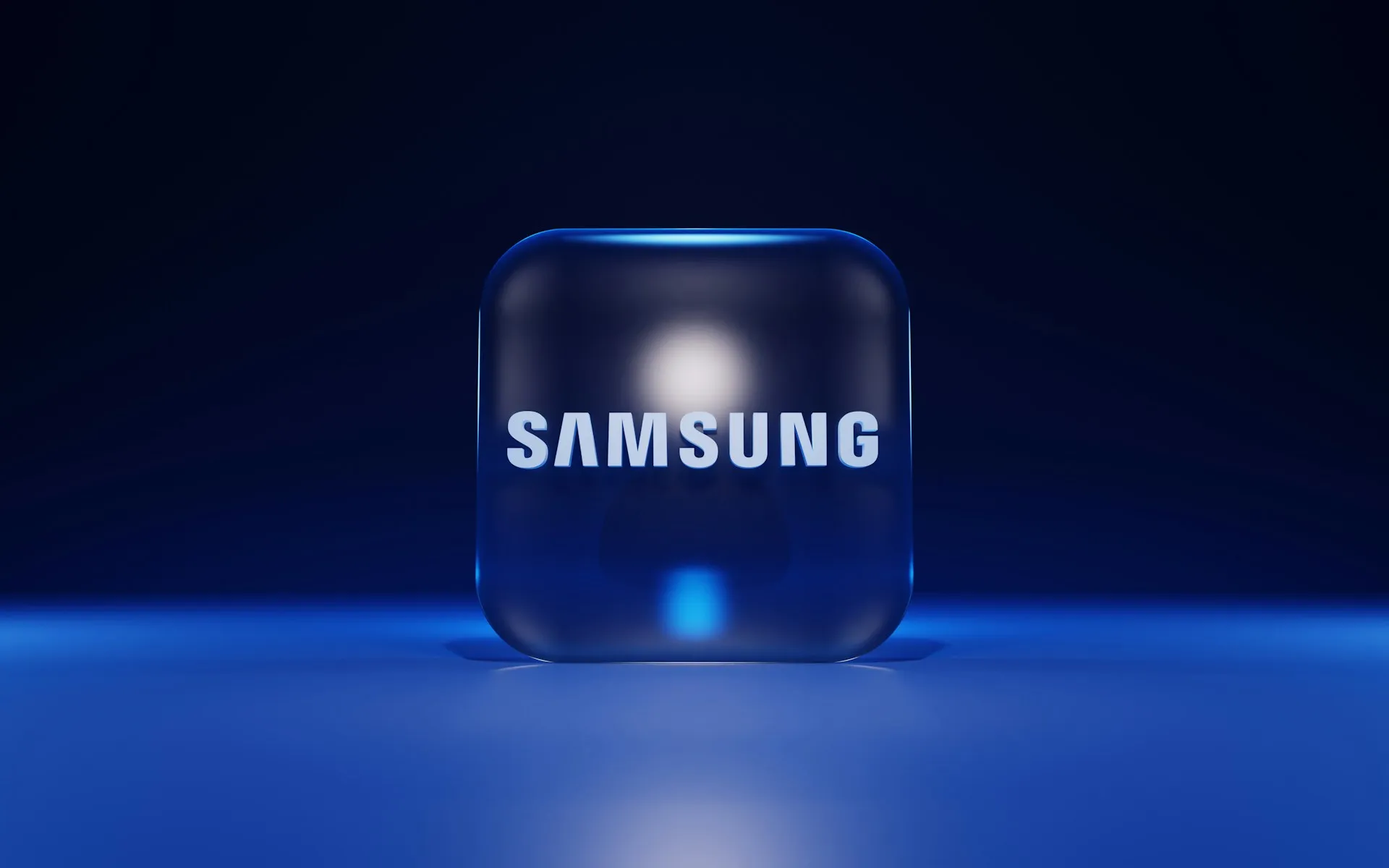

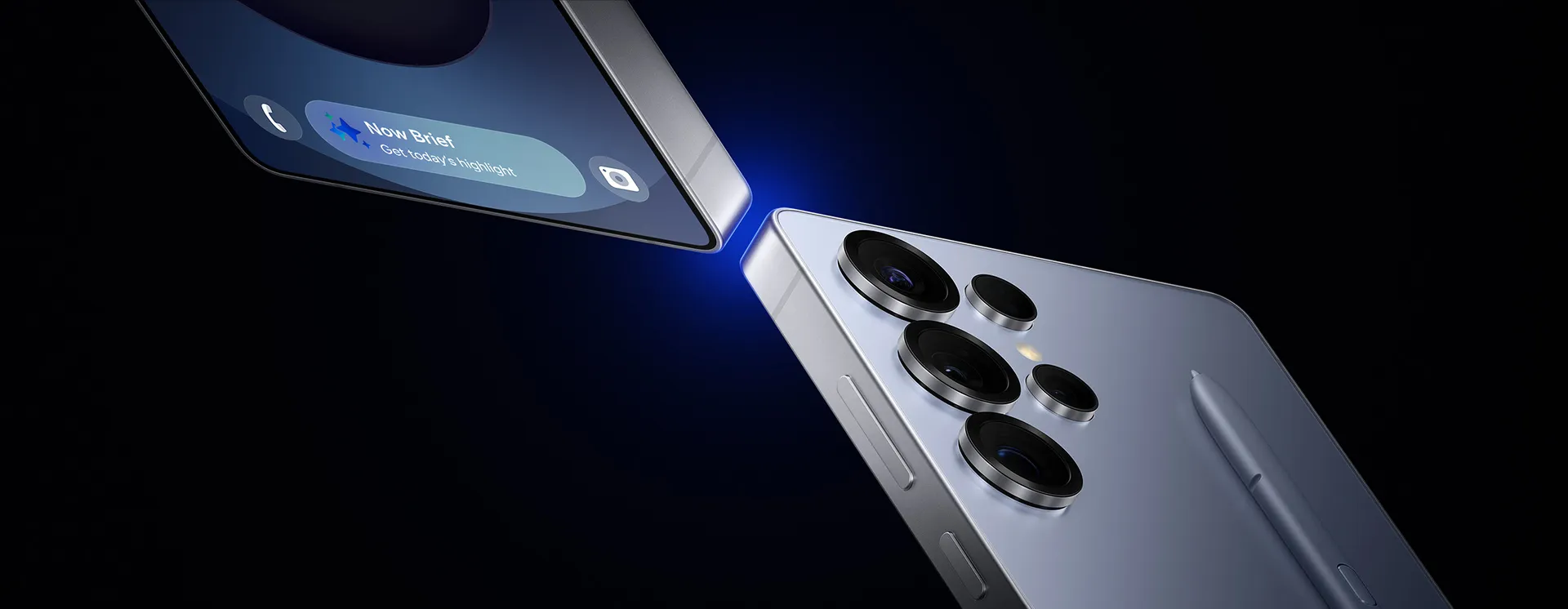

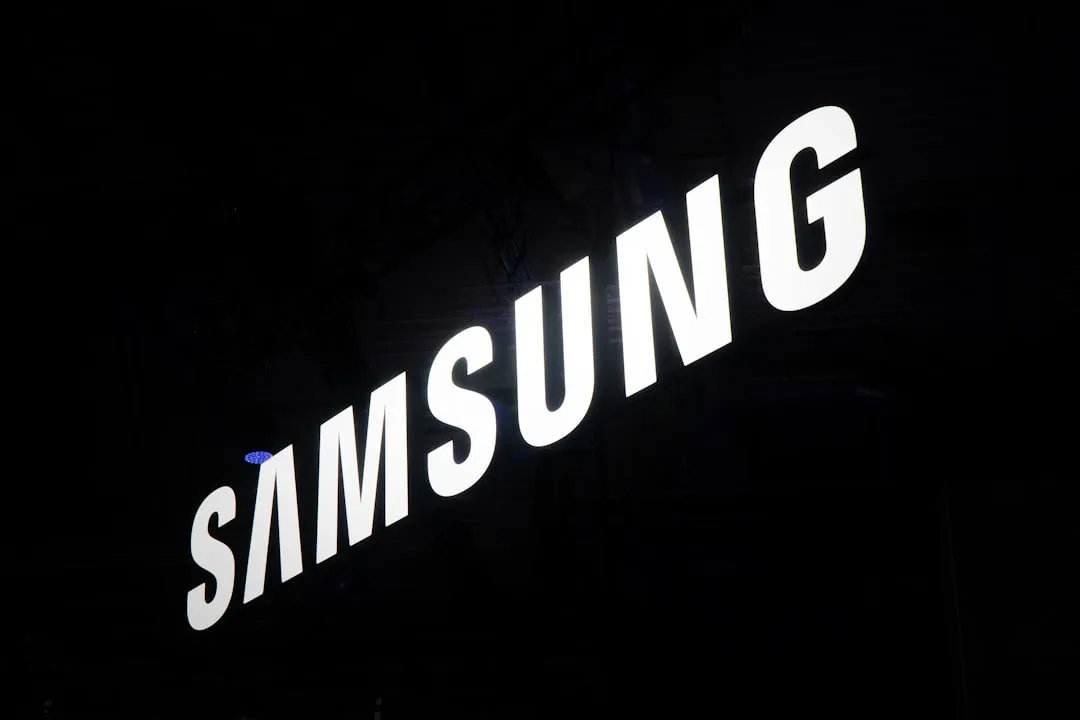

Comments
Be the first, drop a comment!